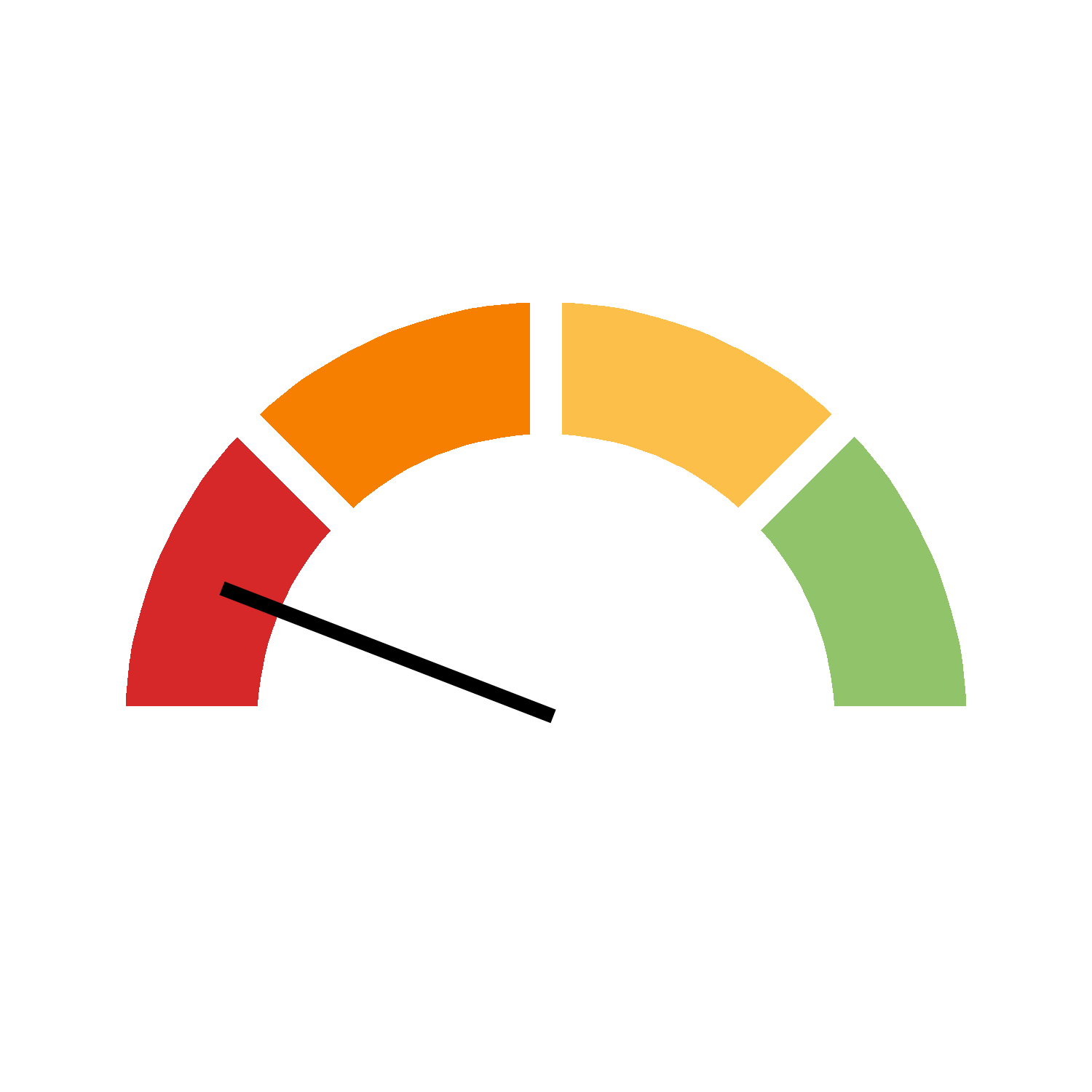The table below contains more information regarding the indicator.
| Indicator name |
Proportion of households in core housing need |
|---|---|
| Target |
No specific target |
| Indicator description |
This indicator measures the proportion of households in core housing need. Core housing need refers to whether a private household’s housing falls below at least one of the indicator thresholds for housing adequacy, affordability or suitability, and would have to spend 30% or more of its total before-tax income to pay the median rent of alternative local housing that is acceptable (attains all three housing indicator thresholds). Housing indicator thresholds are defined as follows: |
| Geographical coverage |
Canada (provinces only) |
| Unit of measurement |
Percentage |
| Calculations |
Not applicable |
| Comments and limitations |
Data at the national level do not include the territories. All geographic regions are based on the 2021 Census boundaries. |

